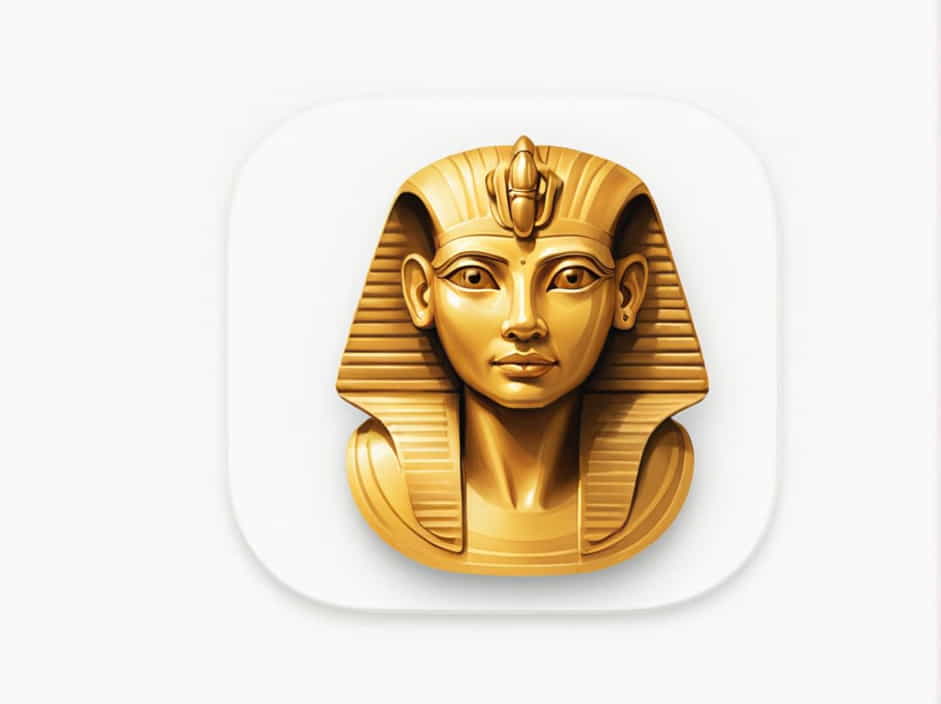The word sphinx evokes images of ancient statues, mysterious riddles, and mythical creatures. It is a term that has been used throughout history in various cultures, particularly in Egyptian and Greek mythology.
This topic explores the definition of sphinx, its origins, historical significance, symbolism, and modern relevance.
Definition of Sphinx
A sphinx is a mythological creature with the body of a lion and the head of a human, falcon, cat, or ram. It is known for its enigmatic nature and association with wisdom, strength, and mystery.
Key Characteristics of a Sphinx
- Hybrid creature – Combination of different animal and human features.
- Guardian role – Often placed at temple entrances or tombs.
- Symbol of wisdom and riddles – Associated with intelligence and mystery.
- Different interpretations in Egyptian and Greek cultures.
Origins and Cultural Significance
The sphinx appears in multiple civilizations, each with unique interpretations and symbolic meanings. The two most famous depictions come from Ancient Egypt and Ancient Greece.
The Egyptian Sphinx
The Egyptian sphinx is typically a protective figure and is depicted as a reclining lion with a human head. It represents strength, wisdom, and divine authority.
The Great Sphinx of Giza
- The most famous sphinx is the Great Sphinx of Giza, located near the pyramids in Egypt.
- It is believed to have been built during the reign of Pharaoh Khafre (c. 2500 BCE).
- The statue measures 73 meters (240 feet) long and 20 meters (66 feet) high.
- Scholars believe it was constructed to guard the tombs and pyramids.
The Greek Sphinx
In Greek mythology, the sphinx is a female creature with wings, known for her riddle and deadly nature.
The Riddle of the Sphinx
- The most famous myth involves the Sphinx of Thebes, who guarded the city and posed a riddle to travelers.
- The riddle: “What walks on four legs in the morning, two legs at noon, and three legs in the evening?”
- Answer: A human (crawling as a baby, walking as an adult, using a cane in old age).
- When Oedipus solved the riddle, the sphinx destroyed herself, freeing Thebes from her terror.
Symbolism of the Sphinx
The sphinx has been a powerful symbol throughout history, representing:
- Wisdom and Intelligence – Often associated with knowledge and riddles.
- Mystery and Enigma – Linked to secrecy and hidden truths.
- Protection and Power – Seen as a guardian of sacred places.
- Dual Nature – A mix of human intellect and animal strength.
Modern Interpretations and Uses
Today, the sphinx remains a symbol of mystery, strength, and historical significance. It is frequently referenced in literature, movies, and art.
Examples in Modern Culture
- Tourist Attraction – The Great Sphinx is one of the most visited landmarks in Egypt.
- Pop Culture – Appears in films, books, and games, often symbolizing puzzles or ancient wisdom.
- Architecture and Design – Sphinx statues are found in museums, universities, and historical sites worldwide.
The sphinx is a fascinating mythological creature with a deep historical and symbolic significance. Whether as a guardian in Egypt or a riddle-master in Greece, it continues to captivate people worldwide. Its presence in art, literature, and modern culture ensures that the mystery of the sphinx will live on for generations to come.
